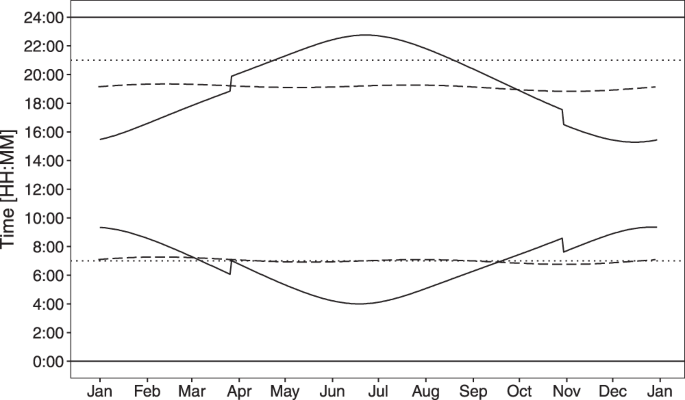

There are several alternative methods for calculating pressure loss from fittings, such as:įor a discussion of which method is most appropriate see this summary of methods for estimating pressure loss from fittings. All pipe runs and fittings can be summed up to make one total length, and the pressure loss calculated from this length. The advantage of the equivalent length method is that it is very simple to calculate. At smaller pipe sizes than those at which the equivalent length was estimated the pressure drop will be under-estimated. Also available for FREE on iPhone, iPad, iTouch & Android devices. Customize with cues & cloths in the Pool Shop. Typically as the fittings size increase the flow coefficient (L/D ratio) decreases, thus at pipe sizes larger than those at which the fittings equivalent length was determined the pressure drop will be over-estimated. 8 Ball Pool is the biggest & best multiplayer Pool game online Play billiards for FREE against other players & friends in 1-on-1 matches, enter tournaments to win big Level up and earn Pool Coins for your wins. Similarly the roughness and Reynolds Number are likely to be different from the conditions under which the fitting was characterised and error will be introduced. This is rarely the case however, and as such some error is introduced in the pressure drop that results. When using an equivalent length that was determined from a fitting of a different size the method relies on the assumption that as pipe size changes the fitting size retains the same relative proportions. The most accurate way to use this method is when tabulated data is available for fittings at the given size, roughness and Reynolds Number for which the pressure drop is unknown. In theory the pressure drop through the fitting is equivalent to the pressure lost through a certain length of piping at that corresponding flow rate.

The equivalent length method (L/D ratio) allows the user to describe the pressure drop through a fitting as a length of pipe.


 0 kommentar(er)
0 kommentar(er)
